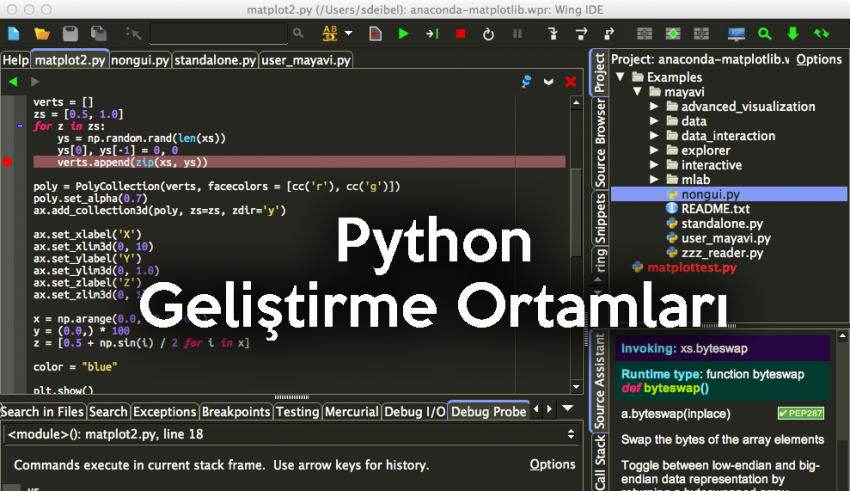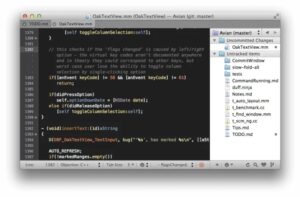

Visual Studio provides language support in the editor by using TextMate Grammars. Installing specialized support for some languages may provide additional language support, such as IntelliSense or other advanced language features like light bulbs. Visual Studio provides Navigate To support for the following languages.Īll of these file types have the features described earlier even if support for a given language hasn't yet been installed.
#TEXTMATE PYTHON CODE#
This feature enables you to quickly search code files, file paths, and code symbols. In addition to syntax colorization and basic statement completion, Visual Studio also has a feature called Navigate To. If your favorite language isn't in the table, though, don't worry-you can add it. Visual Studio currently provides syntax colorization and basic statement completion support for the following languages using TextMate Grammars. Statement completion can help you write code more quickly and easily. In addition, when you begin to enter a known language keyword or object, statement completion displays a list of possible statements and objects. The Visual Studio editor automatically applies syntax colorization to any language it supports. For example, remarks in the code are colored green, code is black, paths are red, and statements are blue. The following screenshot shows an example of editing a Perl script in Visual Studio.

Syntax colorization, statement completion, and Navigate To supportįeatures in the Visual Studio editor such as syntax colorization, statement completion (also known as IntelliSense), and Navigate To can help you more easily write, read, and edit your code. instead of putting everything below keyword (as your formal language definition may insist) you should think “would I want these two elements styled differently?” and if so, they should probably be put into different root groups.Learn about how the Visual Studio editor supports reading and navigating through different computer languages and how you can add Visual Studio editor support for other languages.

you probably do not want an apostrophe to be auto-paired when inserted in strings and comments, regardless of the language you are in, so it makes sense to only set this up once.īefore going through the conventions, here are a few things to keep in mind:Ī minimal theme will only assign styles to 10 of the 11 root groups below ( meta does not get a visual style), so you should “spread out” your naming i.e. There are however conventions so that one theme can target as many languages as possible, without having dozens of rules specific to each language and also so that functionality (mainly preferences) can be re-used across languages, e.g. TextMate is free-form in the sense that you can assign basically any name you wish to any part of the document that you can markup with the grammar system and then use that name in scope selectors. This will correctly match a string like: qq( this (is (the) entire) string). This can also be used to match recursive constructs like balanced characters: patterns = ( This will give you a starting grammar which will look like the one below, so let us start by explaining that. You can create a new language grammar by opening the bundle editor (Window → Show Bundle Editor) and select “New Language” from the add button in the lower left corner. Then scope selectors can be used for styling, preferences and deciding how keys and tab triggers should expand.įor a more thorough introduction to this concept see the introduction to scopes blog post. The language grammar is used only to parse the document and assign names to subsets of this document. For example you may want a key stroke or tab trigger to act differently depending on the context, or you may want to disable spell check as you type those portions of your text document which are not prose (e.g. The purpose of this is to allow styling (syntax highlighting) and to make the text editor “smart” about which context the caret is in. Language grammars are used to assign names to document elements such as keywords, comments, strings or similar.


 0 kommentar(er)
0 kommentar(er)
